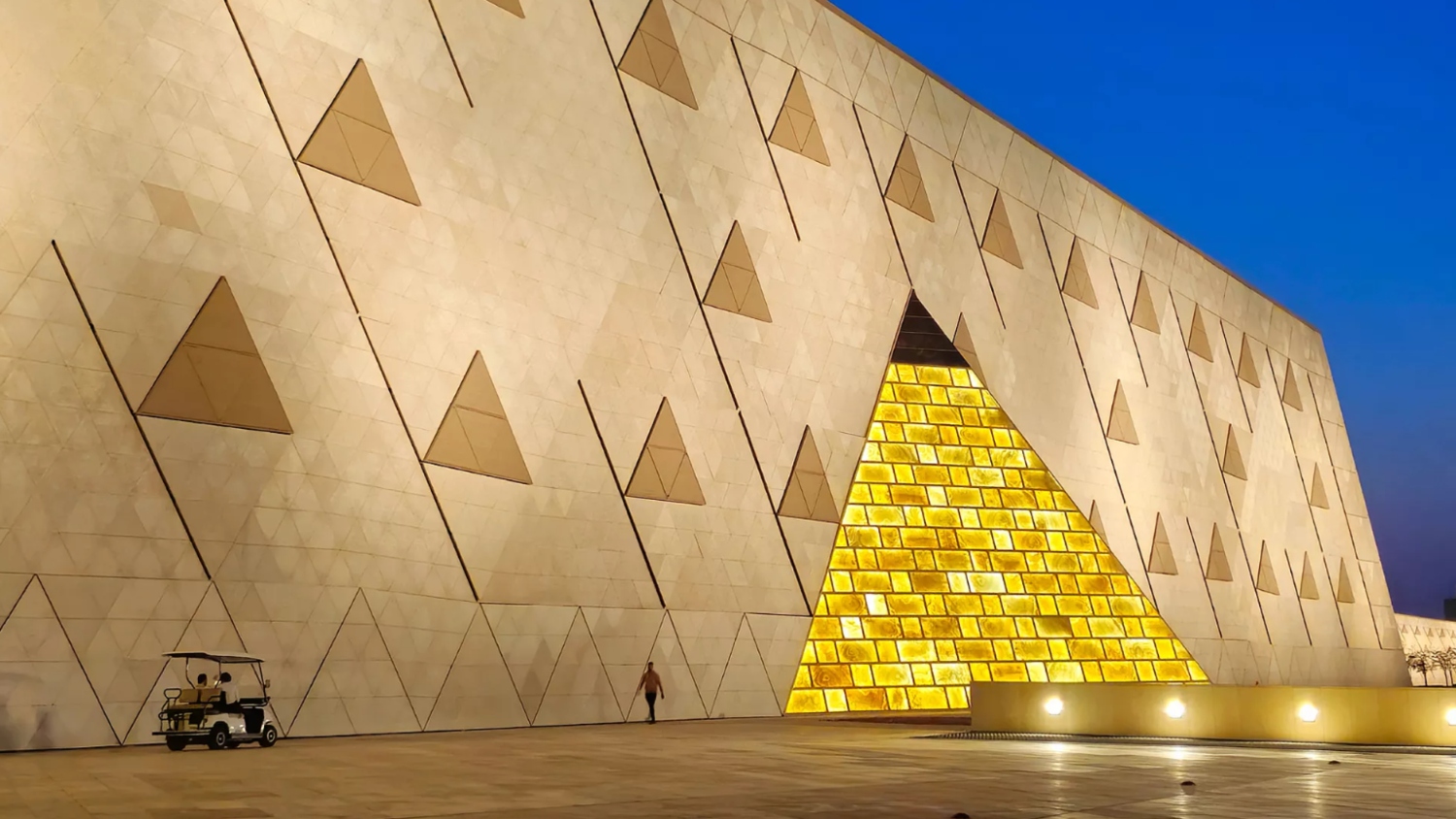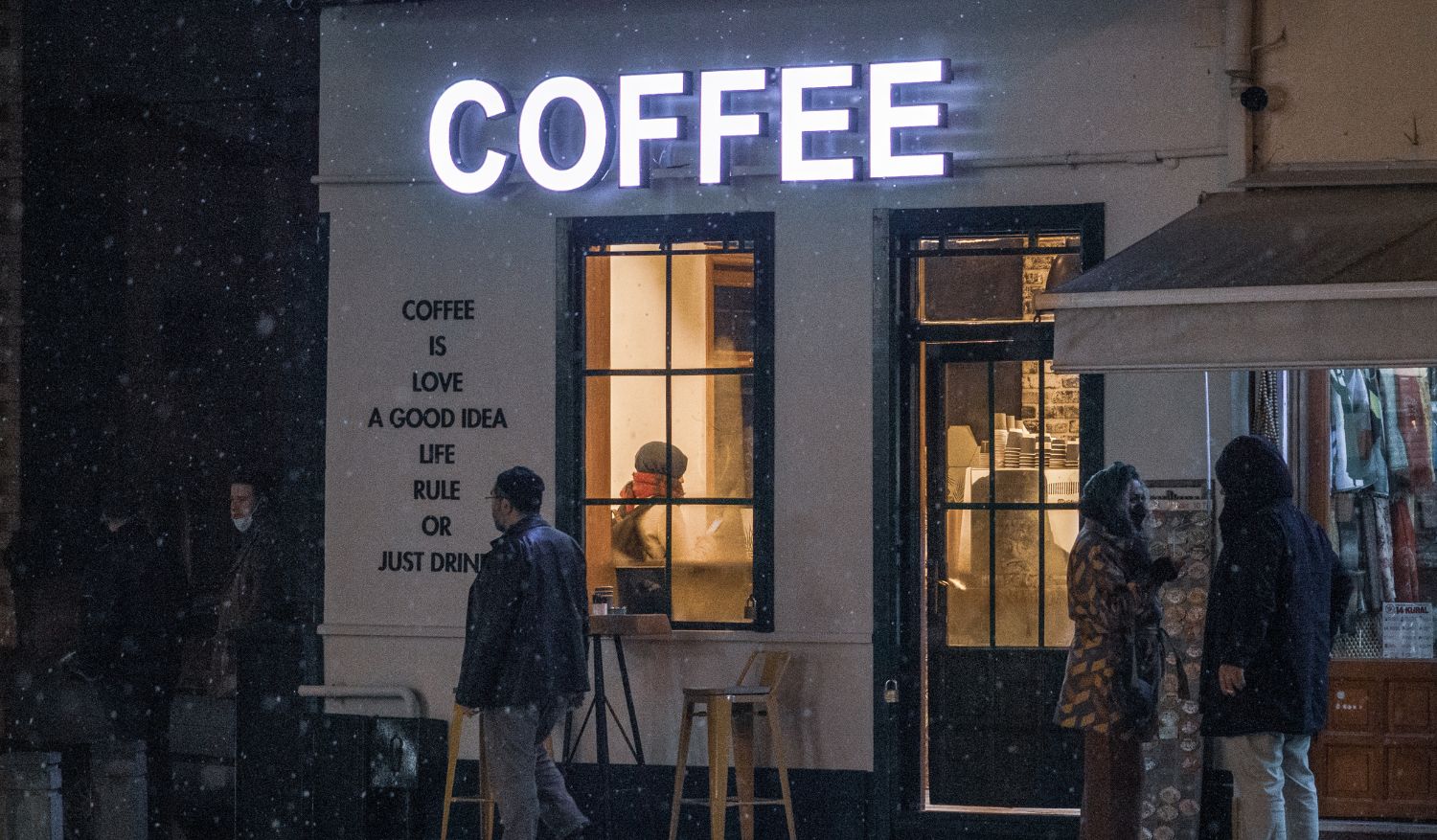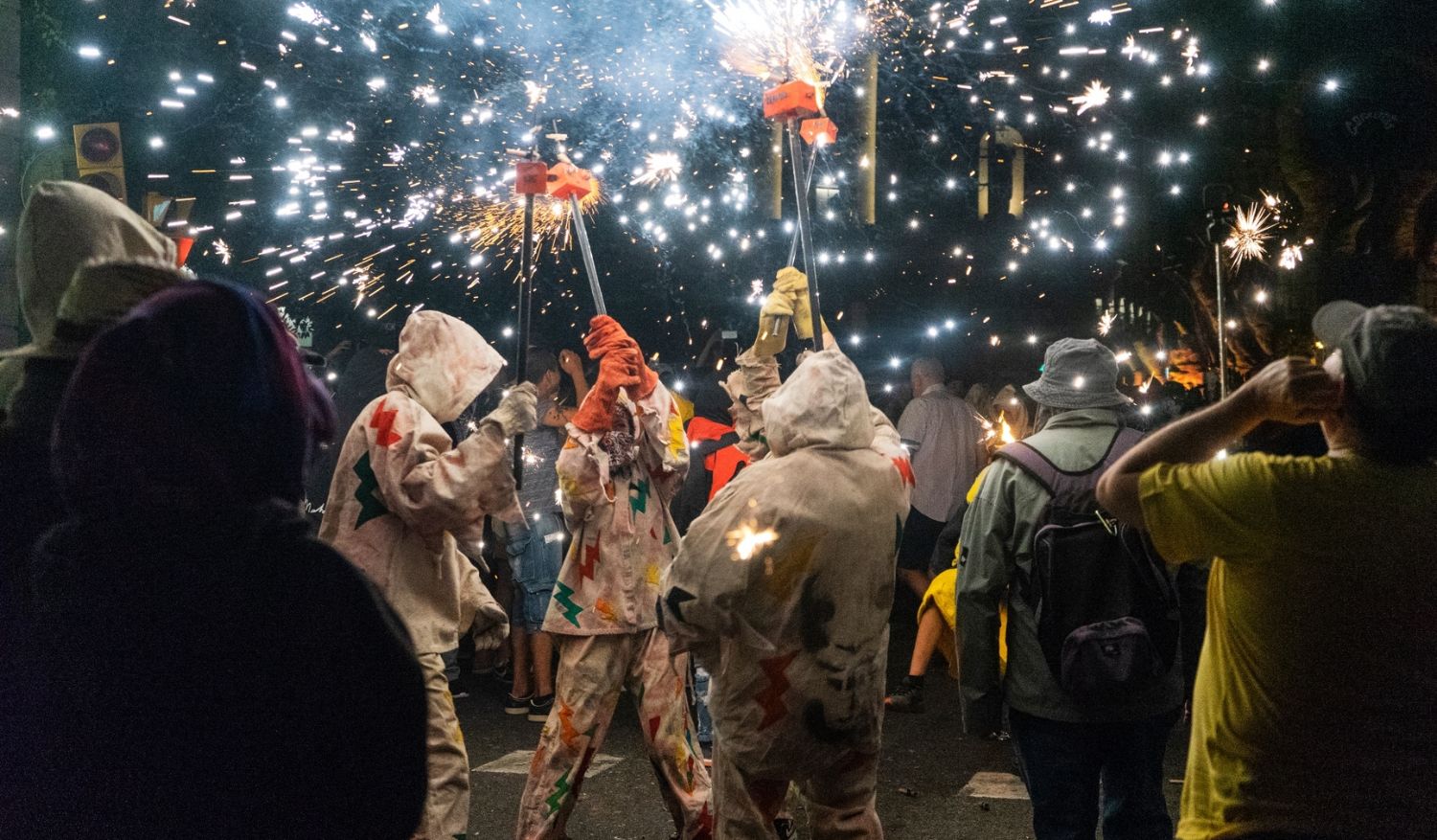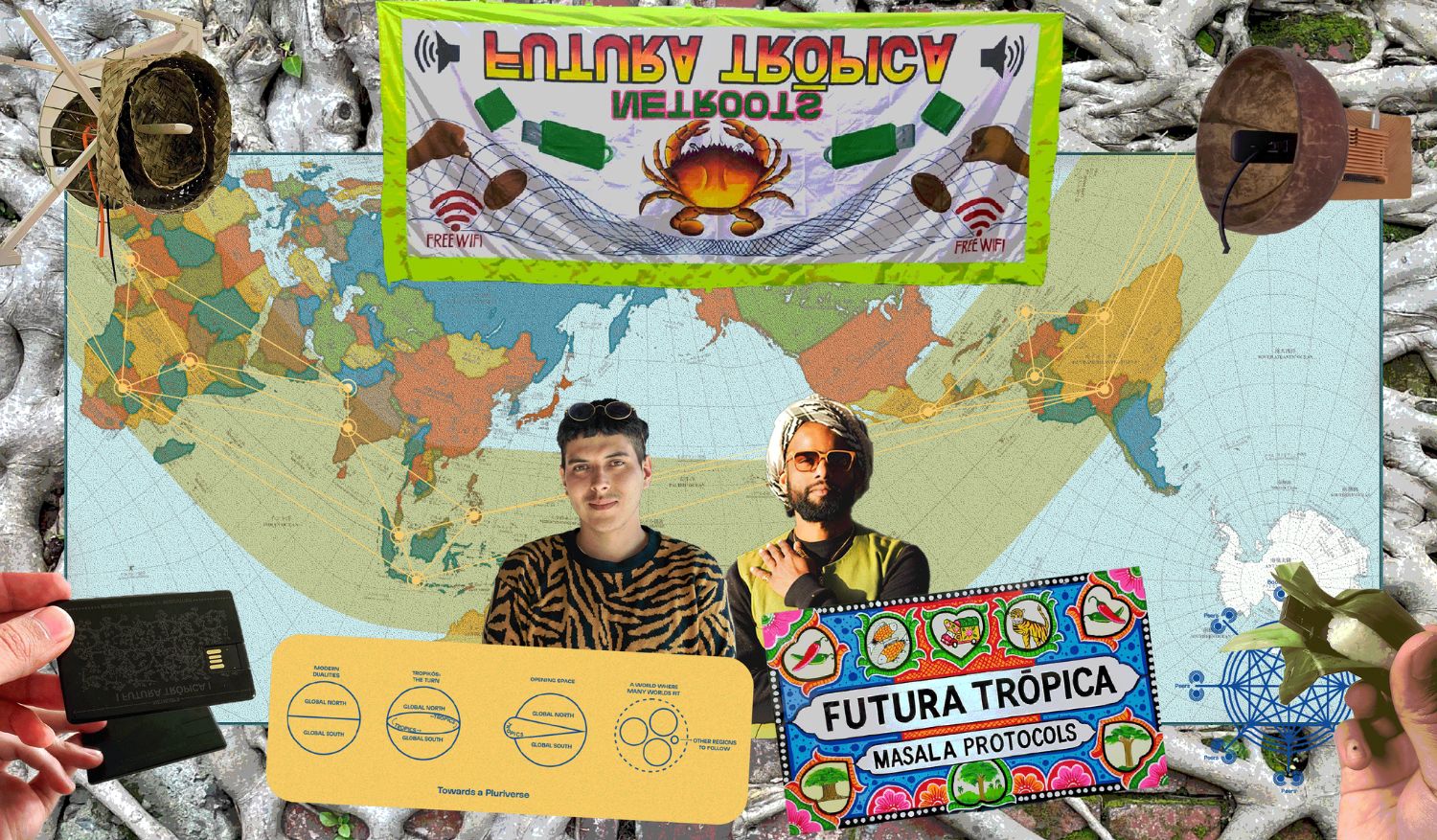Every autumn, as the Himalayan air turns crisp and prayer flags ripple in the wind, Bhutan’s capital transforms into a living stage of devotion, colour, and joy. The Thimphu Festival, one of Bhutan’s most important religious and cultural events, is no mere spectacle – it is a spiritual journey woven into the rhythm of daily life, celebrated through sacred dances and a feast of local flavours.
For travellers drawn to meaningful cultural experiences, the Thimphu Festival is an invitation to witness a living tradition where the spiritual and the celebratory meet in harmony.
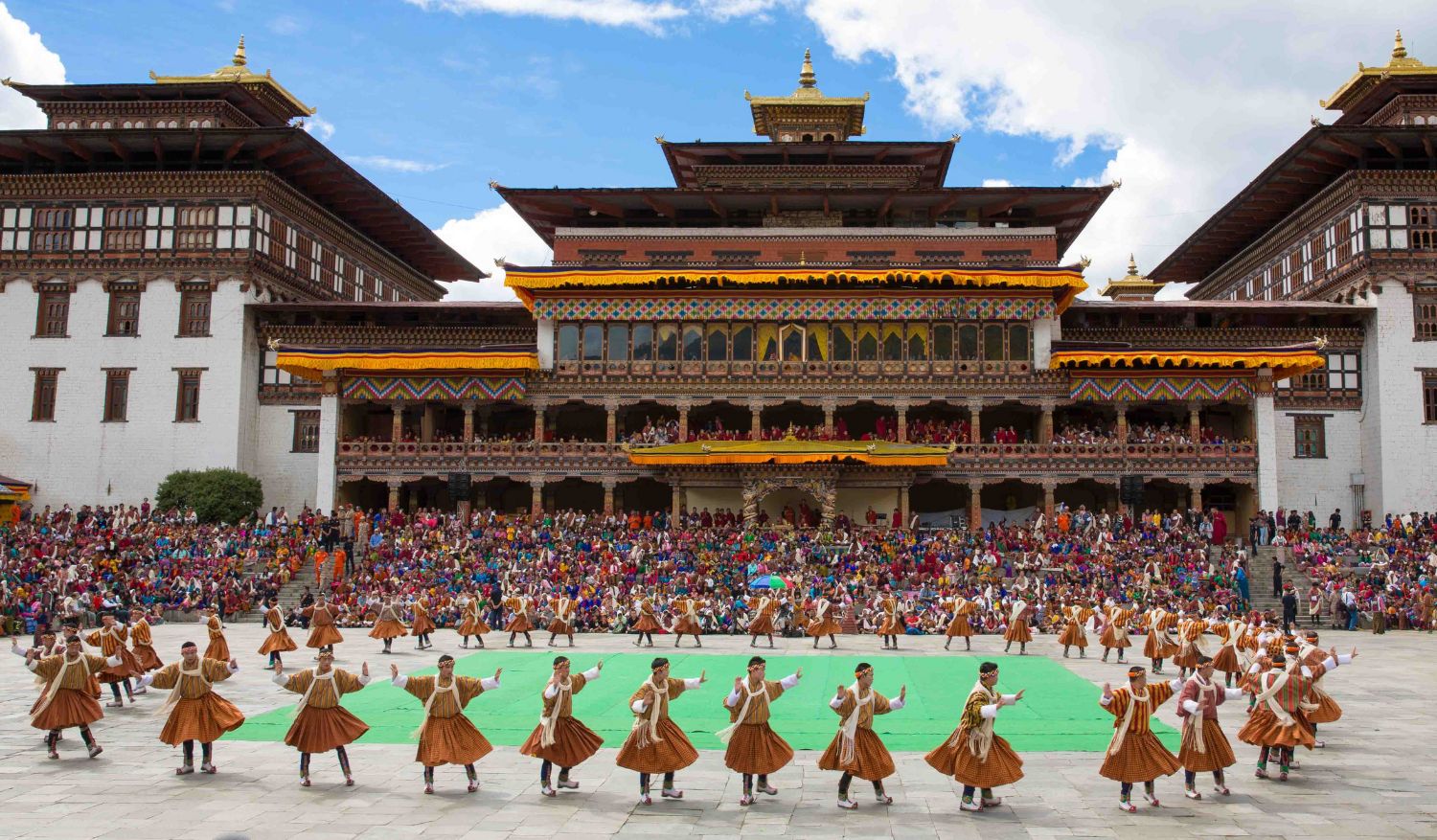
A Celebration Rooted in Spirituality
The Thimphu Festival, also known locally as Tshechu, is held annually in honour of Guru Rinpoche, the Buddhist master who brought Vajrayana Buddhism to Bhutan in the 8th century. The festival typically takes place in autumn, usually in September or October, within the majestic courtyards of the Tashichho Dzong, the fortress-monastery that stands as the heart of Bhutan’s political and spiritual life.
Over several days, monks and lay performers take to the courtyard in elaborate costumes, donning brightly painted masks that represent protective deities, animals, and legendary figures. Each performance is a carefully choreographed ritual, known as cham dances, believed to cleanse misfortune, ward off evil, and bring blessings to those who watch with reverence.
These dances are not just entertainment. They are spiritual offerings – a reminder of impermanence, compassion, and the triumph of wisdom over ignorance. For Bhutanese families, attending the Thimphu Festival is both an act of devotion and a cultural duty, passed down through generations.
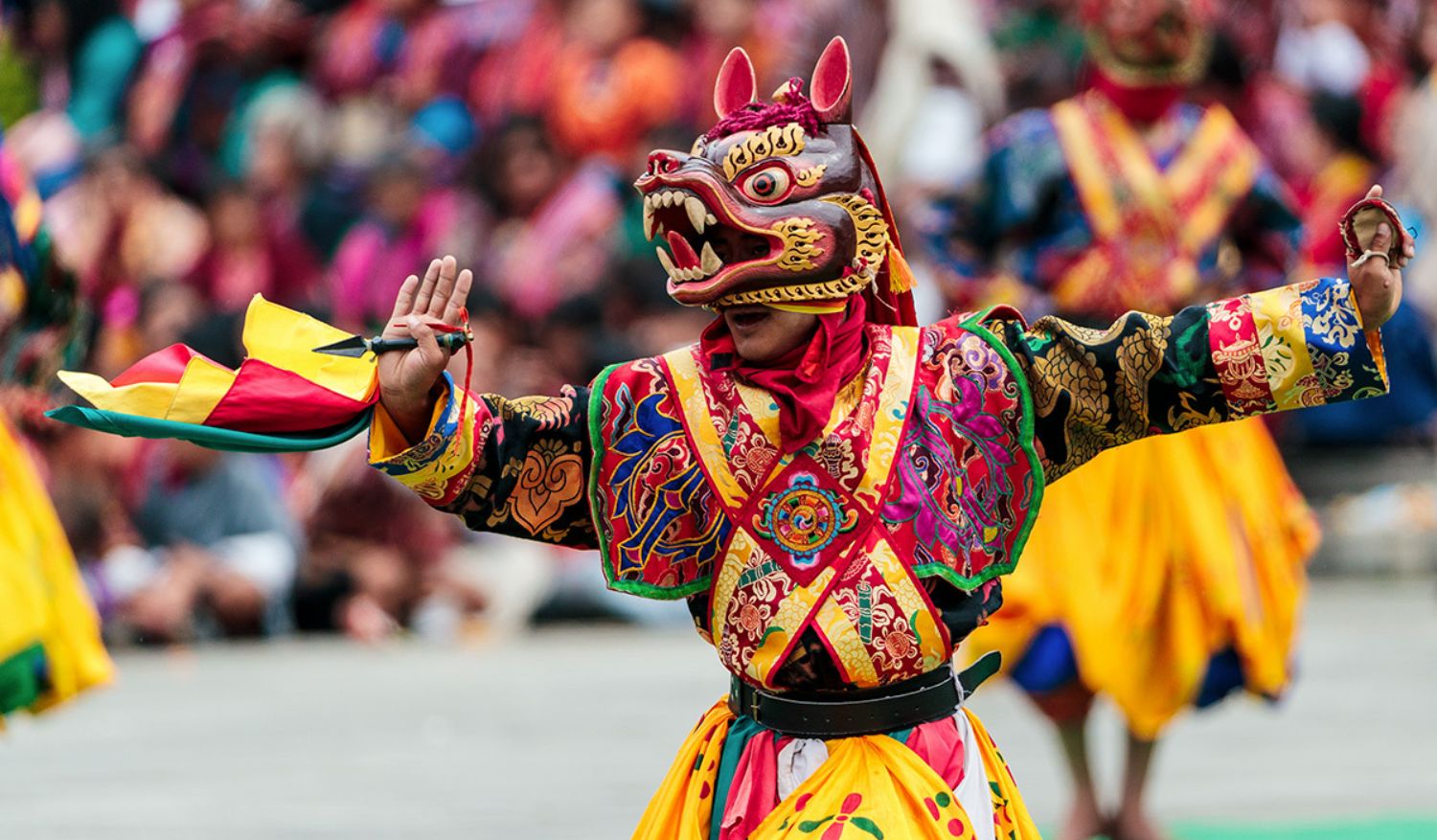
Sacred Mask Dances: Stories in Motion
The heart of the Thimphu Festival beats with the sound of drums, horns, and chanting monks. Each cham dance tells a story, often derived from Buddhist teachings and legends.
One of the most captivating is the Dance of the Black Hat, performed by monks in wide-brimmed black hats, symbolising the subjugation of evil forces. The Dance of the Stags features performers in deer masks, representing compassion and the taming of wild energies. The Dance of the Lords of the Cremation Grounds, both eerie and mesmerising, calls upon protective deities to guard the living and the dead.
These dances are not performed casually; they are transmitted through oral tradition and strict practice, preserving their sacred form. For Bhutanese people, to watch these performances is to participate in a collective prayer, one that is as much about spiritual renewal as it is about cultural continuity.
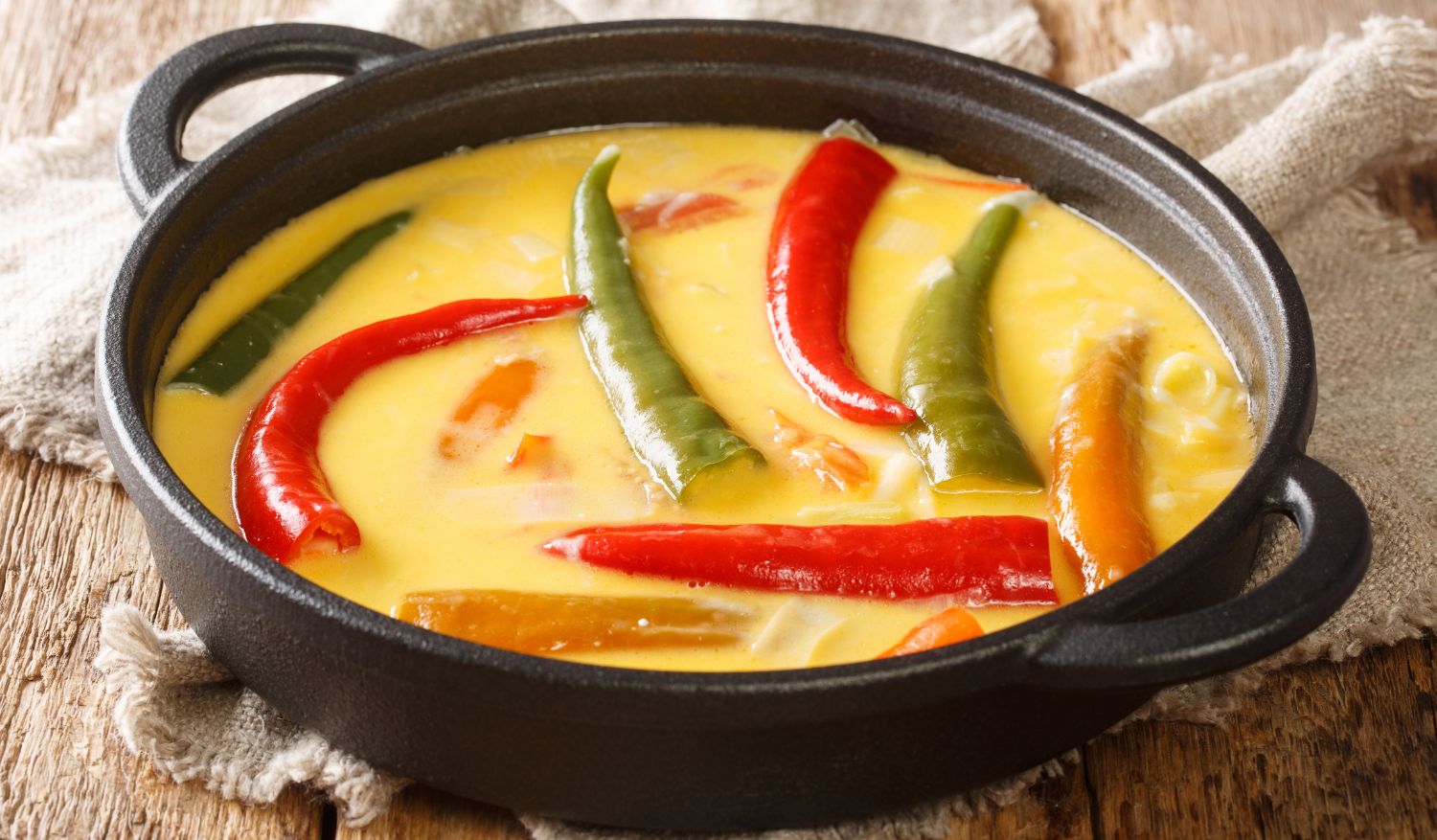
Festive Foods: A Feast for the Soul
While the spiritual dances draw the crowds, the Thimphu Festival is also a culinary celebration. As families gather, Bhutanese foods take centre stage, offering visitors a taste of the kingdom’s rich gastronomic heritage.
At the heart of every feast is ema datshi, the fiery national dish made of chillies and cheese, served with steaming red rice from the valleys of Paro. Savoury momos (dumplings stuffed with meat or vegetables) are shared by families between performances, while suja (butter tea) warms the body in the crisp autumn air.
Street vendors set up around the festival grounds, selling crispy fried snacks, sweet rice treats, and homemade ara (a local rice wine), giving travellers a chance to explore Bhutanese flavours in their most festive form.
Food, in this context, is a gesture of hospitality, a way of binding communities together, and a reflection of Bhutan’s balance between tradition and simplicity.
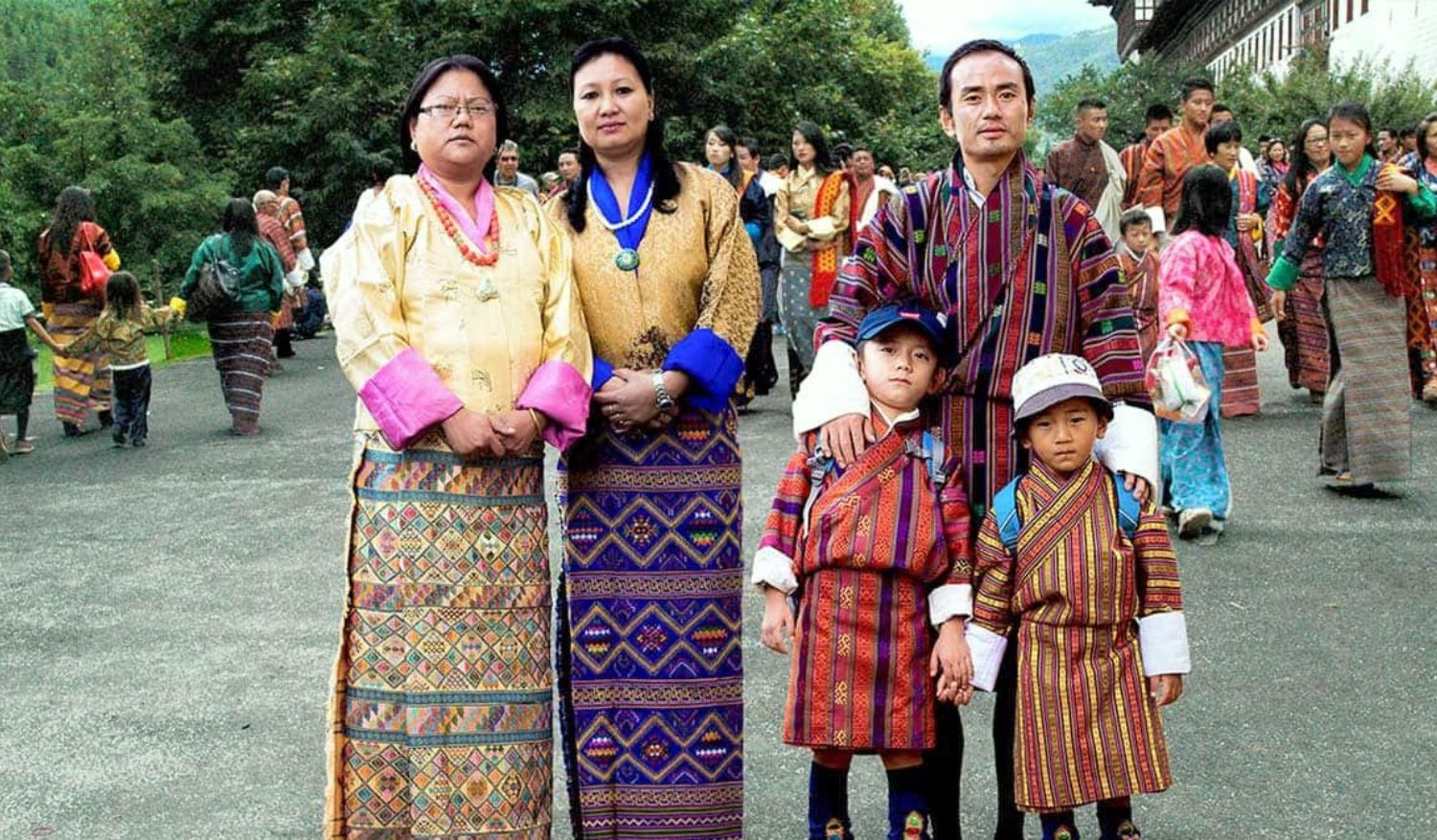
A Gathering of Faith and Community
The Thimphu Festival is not only a religious ritual but also a social event. For many Bhutanese, it is a time to wear their finest kira and gho, traditional garments woven with intricate patterns and rich colours. Families come from villages across the region, turning the capital into a vibrant mosaic of people united by faith and festivity.
For young people, the festival is an opportunity to meet friends, exchange stories, and celebrate together. For elders, it is a reaffirmation of traditions that must be preserved for future generations. This intergenerational continuity is what keeps the Thimphu Festival alive, relevant, and deeply cherished.
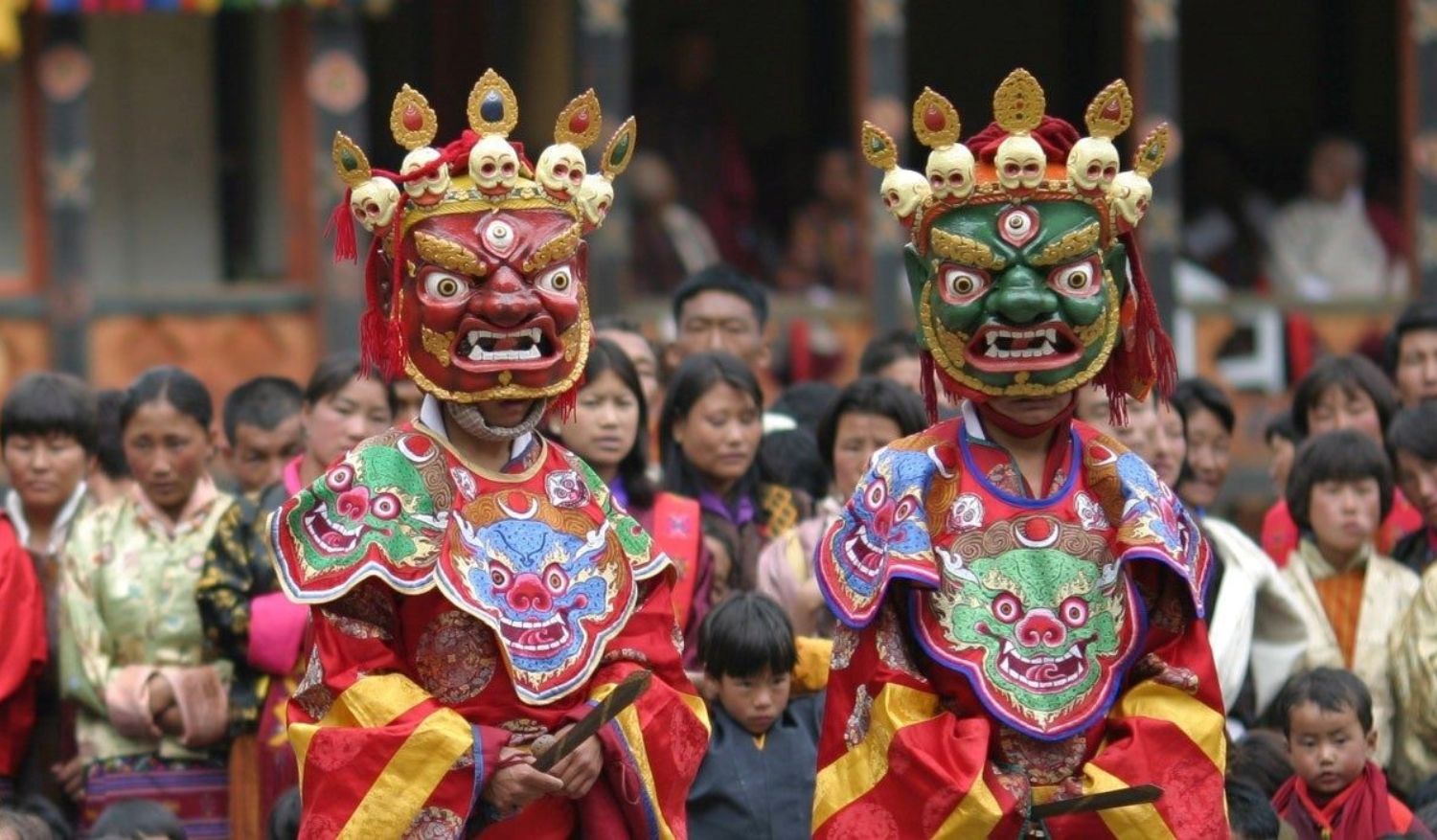
Experiencing the Thimphu Festival as a Traveller
For global citizens, attending the Thimphu Festival is a unique opportunity to immerse in a cultural practice largely untouched by commercialisation. Bhutan’s careful tourism policies, centred around sustainability and preservation, mean that the festival retains its authenticity, allowing visitors to experience it as locals do.
When planning a visit, it’s essential to embrace the spirit of the festival with respect. Observing the dances quietly, dressing modestly, and joining the crowds in shared meals is part of what makes the experience meaningful. Unlike many festivals elsewhere, the Thimphu Festival is not staged for tourists — it is a genuine expression of Bhutanese spirituality and joy, into which visitors are simply welcomed as guests.
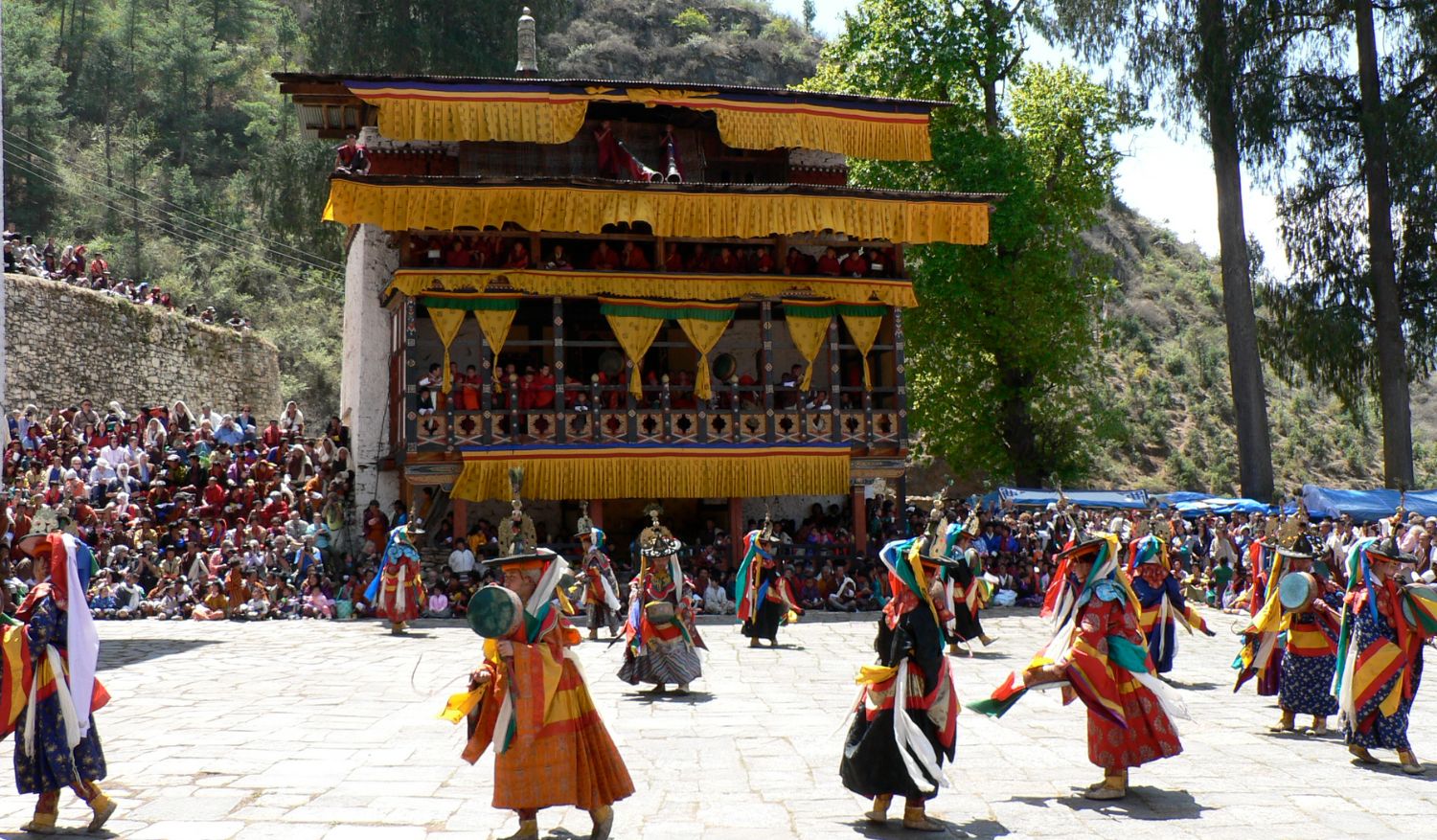
Why the Thimphu Festival Matters Today
Festivals like Thimphu’s Tshechu remind us of the importance of rituals, stories, and shared meals that connect us to something greater than ourselves. For Bhutan, a nation known for its philosophy of Gross National Happiness, the festival is an embodiment of its values — spirituality, community, and the balance between tradition and modern life.
For those fortunate enough to witness it, the Thimphu Festival is a powerful reminder that true cultural experiences are not found in staged performances but in the living traditions of communities who continue to celebrate them with devotion.
For more cultural experiences, head here.




